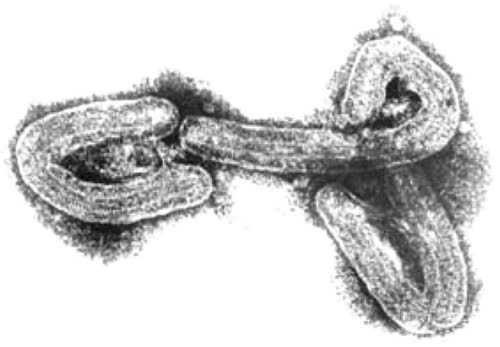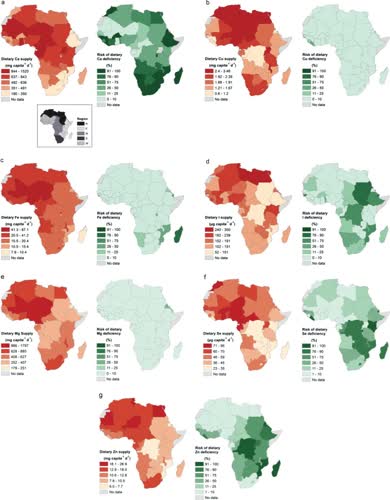"On March 23, 2014, the World Health Organization (WHO) was notified of an outbreak of Ebola virus disease (EVD) in Guinea. On August 8, the WHO declared the epidemic to be a “public health emergency of international concern.”
"These data indicate that without drastic improvements in control measures, the numbers of cases of and deaths from EVD are expected to continue increasing from hundreds to thousands per week in the coming months."
These are the most significant events:
"We've now seen several cases that don't have any symptoms at all, asymptomatic cases," said Anavaj Sakuntabhai who suggested the virus might be mutating.
29 January 2015 Last updated at 00:55
http://www.bbc.com/news/health-31019097
Ebola Not Mutating, Scientists Say
Wednesday, May 13, 2015
http://www.nlm.nih.gov/medlineplus/news/fullstory_152522.html
British nurse cured of Ebola credits new drug - and strawberries
"Back in Britain, the decision to try MIL 77 was not difficult. “I said ‘I have Ebola, so, yes, I’d rather have that than high-dose vitamin C,’” she said"
“I reckon I’ve had 10 punnets,” joked Corporal Anna Cross, who smiled nervously as she talked for the first time after her treatment at the Royal Free Hospital in north London." (10 punnets would be about equal to two 1000mg injections a day)
http://www.telegraph.co.uk/news/worldnews/ebola/11499584/Nurse-who-became-first-in-world-to-be-cured-of-Ebola-by-experimental-drug-is-discharged.html
Semen found infected after 175 days, twice the previous record.
April 2015
http://io9.com/ebola-survivors-are-being-urged-to-abstain-from-sex-1698996342
Did real-time epidemic modeling save lives in West Africa?
28 May 2015 |
http://spectrum.ieee.org/computing/software/how-computer-modelers-took-on-the-ebola-outbreak



